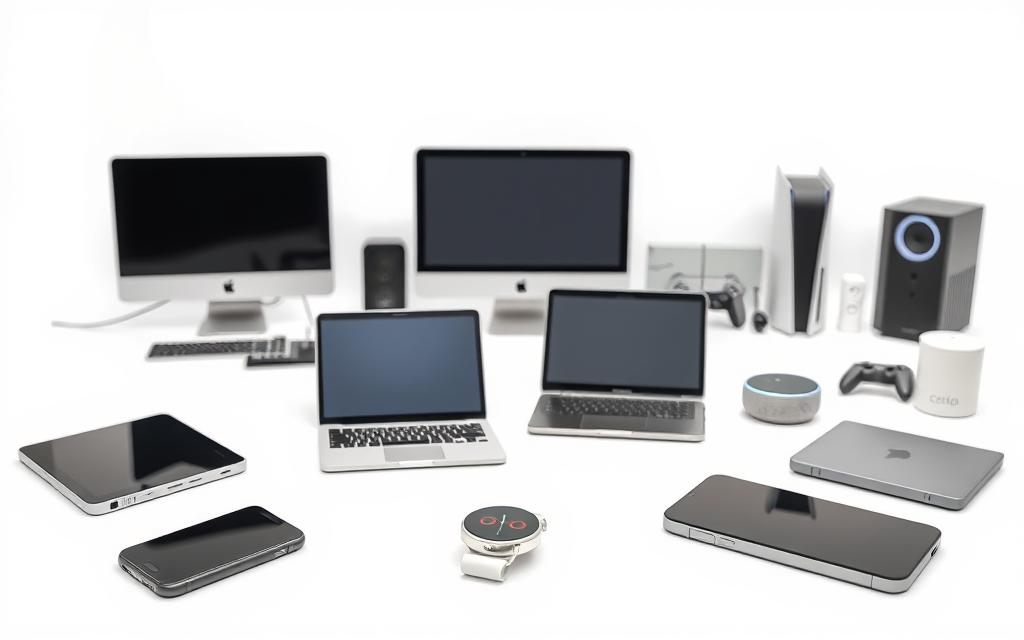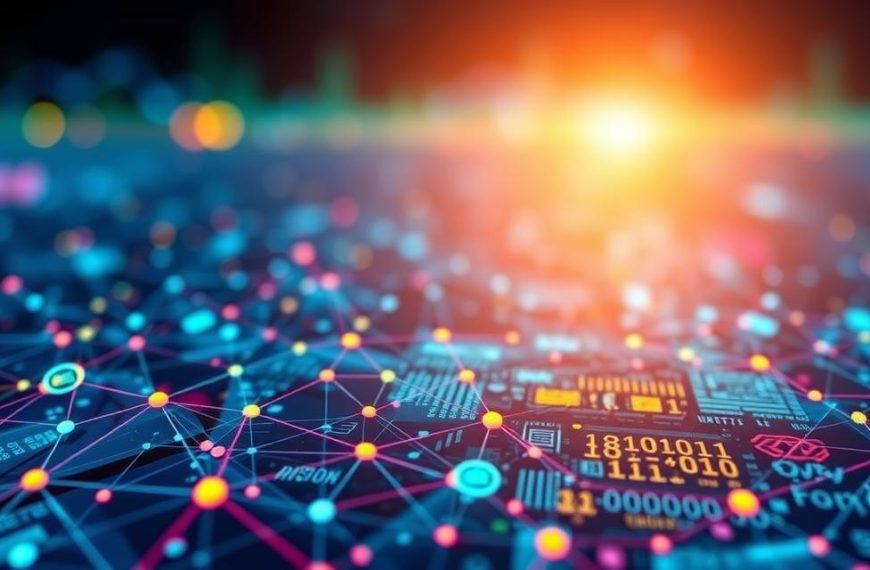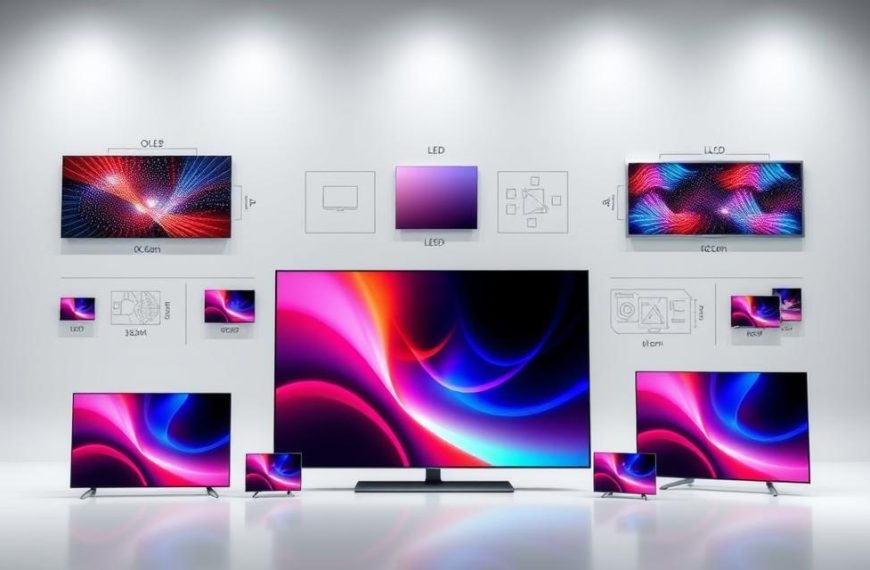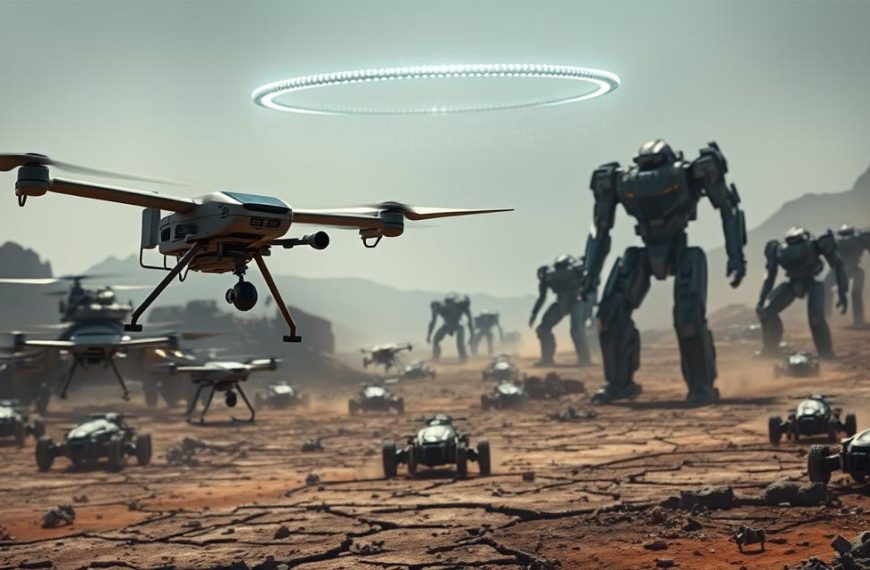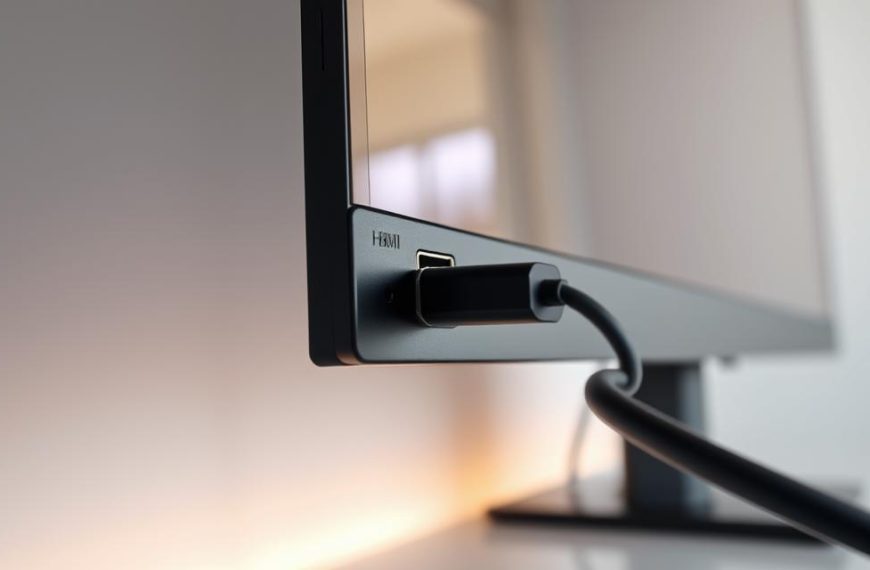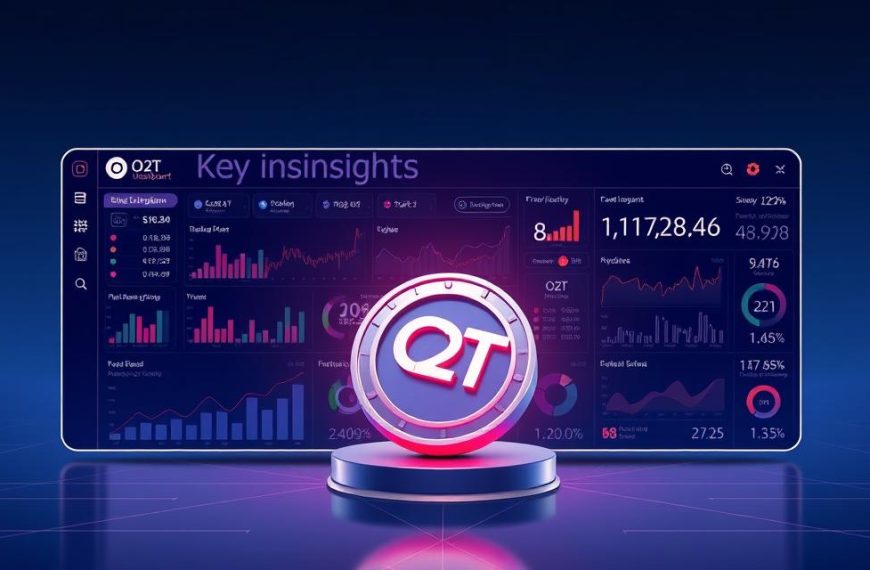This list sets out key inventions that reshaped daily life and the way people in the United States and beyond live today. We trace a clear look at the history of each item, why a single launch mattered, and how firms such as IBM and Apple scaled ideas into mass use.
Each entry explains the basic technology, the stack it sits within (hardware, software, networks) and the real changes felt at home, in education and across industry. Expect plain-English definitions, concise examples and a short view on what comes next.
Read on for a grounded guide that links early breakthroughs to present platforms, helping students, families and professionals compare personal computer models, phones and screens without the hype.
What are some technological devices
This short section defines the term and explains why chosen items matter in daily life.
How we define a “device” in everyday life
We use device to mean a tangible piece of technology that people handle directly. It often includes hardware, embedded software and connectivity to carry out a clear task.
Legal definitions also span medical instruments, in vitro diagnostic kits and assistive technology items. Those categories sit beside consumer tools in the wider regulatory and safety context.
“Good design links form and function so that a tool is both usable and safe for the intended use.”
Why these picks matter to work, home, education and leisure in the United States today
Choices by a company or industry influence how students and workers expect devices to perform. We judge relevance by impact across home, classroom, workplace and leisure.
Practical benefits include time saved, wider access to learning and higher quality experiences for families and professionals. This look focuses on mainstream items rather than niche gear.
| Class | Typical form | Main use | Relevance today |
|---|---|---|---|
| Phone / Smartphone | Handheld glass and metal | Calls, apps, cameras | Always‑on personal computing |
| Laptop / Tablet | Portable screen and keyboard | Work, study, creation | Classroom and remote work |
| Wearables | Wrist or clip form | Health, notifications | Fitness and assistive use |
For a wider historical perspective, see this curated list of transformative innovations at 25 technologies that changed the world.
The Printing Press: the original technology product that made books mainstream
When printing moved from scriptoria to a press, books became affordable and literacy began to climb. The machine devised by Gutenberg in the mid‑15th century enabled mass production of books and spread ideas across Europe.
From Gutenberg’s press to a new industry of printers and booksellers
The first major printed work was the Bible, and its distribution marked a turning point in social life. By standardising text and cutting costs, the press gave rise to printers, booksellers and editors who built an information market.
The press also showed that a product can disrupt some jobs while creating new roles. It paved way for newspapers and pamphlets, which later reshaped political debate and civic life.
- Gutenberg’s press turned slow manual copying into repeatable production, making books affordable in a short time.
- The industrial structure around printing matured into global supply chains for paper, ink and distribution.
- In history, access to books proved key to social mobility, scientific progress and a changed world.
“A single breakthrough in reproduction can transform how knowledge travels.”
Electric Light and Domestic Power: illuminating homes and paving way for appliances
Reliable electric light changed daily life. Thomas Edison commercialised the incandescent lamp around 1880 after earlier work by Humphry Davy, Joseph Swan and others. That practical light extended productive hours and helped drive electricity generation on a large scale.
From early incandescent bulbs to extended working hours and electrified households
The commercial bulb brought safer, steadier illumination into the home, replacing candles and gas and reducing fire risk. Lighting extended the evening, shifting how people used time for work and leisure.
Power in every room paved way for household products such as refrigerators and washing machines. These appliances cut domestic labour and created new consumer markets that a company could scale into mass production.
- Electrification synchronised industry schedules by lengthening usable hours.
- Grids, meters and standards turned electricity into essential infrastructure used today.
- Wires later carried telephony and data, linking factory machines with household innovation.
“As a general-purpose technology, electric power linked industry with home life and spurred waves of new products.”
| Impact | Example | Long-term effect |
|---|---|---|
| Safer lighting | Incandescent bulbs replacing gas lamps | Lower fire risk, higher quality of life |
| Extended hours | Factories and offices operating after dusk | Increased productivity and changed work patterns |
| Household appliances | Refrigerators, washers, vacuums | Reduced domestic labour; new consumer markets |
| Infrastructure | Power grids and meters | Fundamental utility that supports modern technology |
The Telephone: instant voice communication that changed the world
The telephone turned distant voices into immediate conversation, reshaping social and commercial life overnight. Alexander Graham Bell patented his method for voice transmission in 1876 after years of research into sound and speech. That patent launched a new era of real‑time communication.
From manual switchboards to modern networks and the rise of phones in every home
Early calls passed through human‑run switchboards. Operators connected lines by hand until automated exchanges scaled the network. Automation cut delays and errors, letting more people talk at the same time.
The phone quickly became standard in homes and offices. It linked families, businesses and governments and laid foundations for mobile telephony. Over time, long‑distance and undersea launches broadened markets for finance, media and logistics.
Telephony created new industry paths:
- Equipment manufacturers and long‑distance carriers formed entire markets.
- Standards for cables, signalling and numbering enabled wide‑scale interconnection.
- Voicemail, dial‑up data and early music services foreshadowed email and streaming on converged networks.
“Being reachable became an expectation that still shapes design and policy in communication technology today.”
| Aspect | Early state | Long‑term effect |
|---|---|---|
| Connection method | Manual switchboards | Automated exchanges increased capacity and reliability |
| Market impact | Local calls only, limited reach | Undersea and long‑distance services enabled global commerce |
| Service features | Basic voice only | Voicemail, data dial‑up, early music/info services |
| Regulation | Incipient rules and carriers | Interconnection agreements shaped competition and rollout |
The Personal Computer and the Internet: the duo that transformed work and play
A pair of breakthroughs — smaller, cheaper microprocessors and a common network language — shifted computing from institutions to individuals. The transistor (1947) led to microprocessors (1971) and early machines such as the Micral, Xerox Alto and Altair 8800. These launches seeded a new industry for hardware, operating systems and applications.
Personal computer: from chips to home use
The rise of the personal computer gave students and households tools for productivity and play. The Xerox Alto introduced graphical interfaces and the mouse; the Altair inspired software firms with BASIC. Over time, screens, cameras and peripherals became standard products.
Internet and the World Wide Web: networks meet browsers
ARPAnet began campus interconnection in 1969. TCP/IP—driven by Vinton Cerf—let networks scale. Tim Berners‑Lee’s World Wide Web (1991) layered user-friendly browsing over the Internet, enabling email, music, video and e‑commerce.
“Personal machines and networked services together redefined how people work, learn and play.”
| Element | Early example | Effect |
|---|---|---|
| Microprocessor | Intel 4004 (1971) | Affordable computing for homes and small firms |
| GUI | Xerox Alto | Easier use for students and office users |
| Network protocol | TCP/IP | Scaleable Internet linking research and commerce |
| Web | WWW (1991) | Browsers, email and online markets |
For deeper background on the evolution of the personal computer see the history of personal computers.
From Mobile Phone to Smartphone: paving the way for always‑on personal computing
Mobile handsets evolved from bulky voice tools into pocket computers that link people, apps and services everywhere. In 1983, Motorola launched the DynaTAC 8000X — designed by Martin Cooper — offering roughly 30 minutes of battery life and marking the first commercial step toward portable telephony.
Motorola DynaTAC 8000X to modern smartphones
The DynaTAC 8000X shrank the network to the palm and changed how people used voice and presence. Later generations added SMS and email, then full web access, turning the phone into a pocket computer for maps, payments and productivity.
Cameras, brighter screens and faster chips made the device a creation tool for photos and video. App stores let a single company ship products and services at software pace, while music and gaming moved into one handheld product.
“Successive launches turned a call tool into a platform that shapes daily life and industry worldwide.”
- The platform model integrated hardware, software and cloud to extend reach and speed.
- Sensors and GPS enabled context‑aware services that feel almost magical.
- Ubiquity today brings questions about attention, wellbeing and privacy as the next phase unfolds.
Screens, Imaging and Entertainment: cameras, gaming and virtual reality
From pocket cameras to headset rigs, visual tech turned passive watching into active participation. Home screens now serve as hubs for capture, play and shared moments.
Digital camera and pocket photography
Digital camera designs moved high‑quality capture from studios to pockets. Instant review on a screen made better shots common, while seamless upload tied photos and video to social platforms and computers.
Home video and camcorders
Camcorders, then phones, turned family footage into edit‑ready clips. Simple apps let users trim clips, add music and move box‑to‑screen memories into lasting stories.
Game consoles and living‑room entertainment
Game consoles standardised living‑room play with dedicated hardware and controllers. Consoles bundled games, music and video apps into one interface and launched online services that changed social play.
Virtual reality and immersive systems
Virtual reality headsets brought immersive reality into gaming, training and study. Commercial roll‑out is limited, yet cloud gaming and improved sensors have widened access and lowered hardware demands.
“Advances in sensors, optics and machine vision tighten the loop between motion, gaze and on‑screen action.”
| Category | Key change | Why it matters |
|---|---|---|
| Camera | Pocket quality with instant review | Democratised photography and easy sharing to computers |
| Home video | Simple shooting and editing | Preserves family life; moves box footage to polished stories |
| Games / Gaming | Consoles + cloud streaming | Broader access, less reliance on local hardware |
| Reality (virtual) | Headsets, early volumetric work | Immersive training and entertainment; content libraries still growing |
Connected Computing and Intelligent Assistants: AI at home, at work and on the move
Everyday life increasingly uses intelligent helpers that blend voice, vision and local computing.
Artificial intelligence traces back to early programmes such as Logic Theorist (1956). Today it reaches homes via smart speakers and on phones through chatbots and real‑time translators.
Smart Speakers and Voice Assistants
Smart speakers give hands‑free control over music, email, calendars and lights. People ask for a song, set timers and send short messages without touching a screen.
Everyday Generative AI
Generative models draft text, translate speech in real time and summarise long notes. They integrate with apps to automate multi‑step tasks for students and staff.
“Assistants that combine speech recognition and machine vision make interactions feel natural and fast.”
- Education: students use AI to revise, research and practise languages.
- Companies: assistants route support, draft routine email and surface useful insights.
- Entertainment: voice control is now a default way to access music and video in many living rooms.
| Feature | Example | Benefit |
|---|---|---|
| Edge computing | On‑phone models | Faster responses, better privacy |
| Multimodal input | Voice + camera | More intuitive control and context |
| Generative AI | Chatbots, translators | Time saved on drafting and research |
As capability expands, industry focus turns to reliability, bias and safety. Clear standards will help people trust the recommendations a machine makes.
Conclusion
When a tool makes a common task easier, its impact grows beyond the product into routines and policy. Over decades, lower friction for learning, communication and creation has multiplied benefits for students and families.
The most lasting innovations changed expectations about access and convenience. Schools and a company alike redesigned services to match new norms. In education, each wave widened the toolkit for teachers and students and made resources more reachable.
Look forward: try new features, but protect privacy, security and wellbeing. In time the line between box and screen will blur as intelligence blends into everyday tools we already trust.

